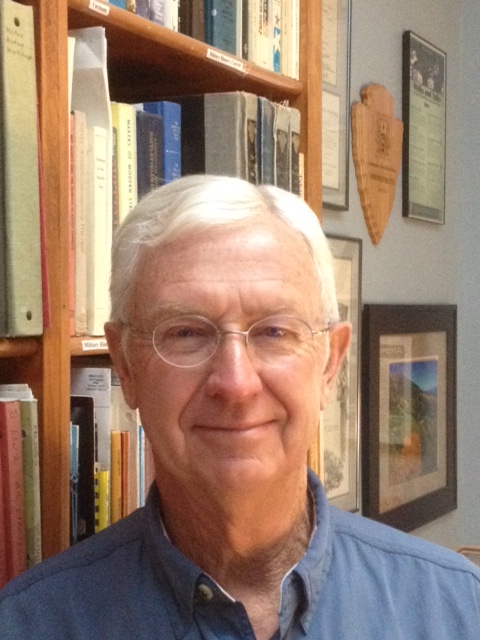

Just weeks after Pearl Harbor, the War Department announced the construction of a massive ammunition depot ten miles west of Flagstaff at Bellemont on U.S. Highway 66. Flagstaff’s population exploded from five to twenty thousand. The Army rushed the $17 million project to completion in a spasm of boomtown upheaval. Several thousand Navajo and Hopi construction workers stayed on to run the struggling new depot, the key storage facility for the Port of Los Angeles. Meanwhile, the Navy halted plummeting enrollment at the teachers college (today Northern Arizona University) by shipping in one thousand sailors and marines as part of its “V-12” program. Then, the Florence prisoner of war camp sent 250 POWs to Flagstaff. These men, happy to be out of the war, were Austrian “signers” and agreed to be model prisoners. The Flagstaff story shows the remarkable co-existence of sometimes contentious ethnic communities and illustrates the results of military expansion on social, economic, and community development in Arizona. Often humorous and at times almost unbelievable, the experience was also breathtaking, reaching the heart and soul of the community. The town became an “arsenal of democracy,” where hard work and discipline were required and expected from all.
 John S. Westerlund served as a U.S. Army field artillery officer for 26 years, retiring in 1994 as a lieutenant colonel. He earned a M.A. in American history at Utah State University in 1977 and a Ph.D. in American history from Northern Arizona University in 2001. His book Arizona’s War Town: Flagstaff, Navajo Ordnance Depot, and World War II tells the wartime story of Flagstaff and won awards for preservation of Southwest culture. He is a frequent contributor to the “Journal of Arizona History.” He was a seasonal ranger with the National Park Service at the Flagstaff Area National Monuments for 11 summers.
John S. Westerlund served as a U.S. Army field artillery officer for 26 years, retiring in 1994 as a lieutenant colonel. He earned a M.A. in American history at Utah State University in 1977 and a Ph.D. in American history from Northern Arizona University in 2001. His book Arizona’s War Town: Flagstaff, Navajo Ordnance Depot, and World War II tells the wartime story of Flagstaff and won awards for preservation of Southwest culture. He is a frequent contributor to the “Journal of Arizona History.” He was a seasonal ranger with the National Park Service at the Flagstaff Area National Monuments for 11 summers.